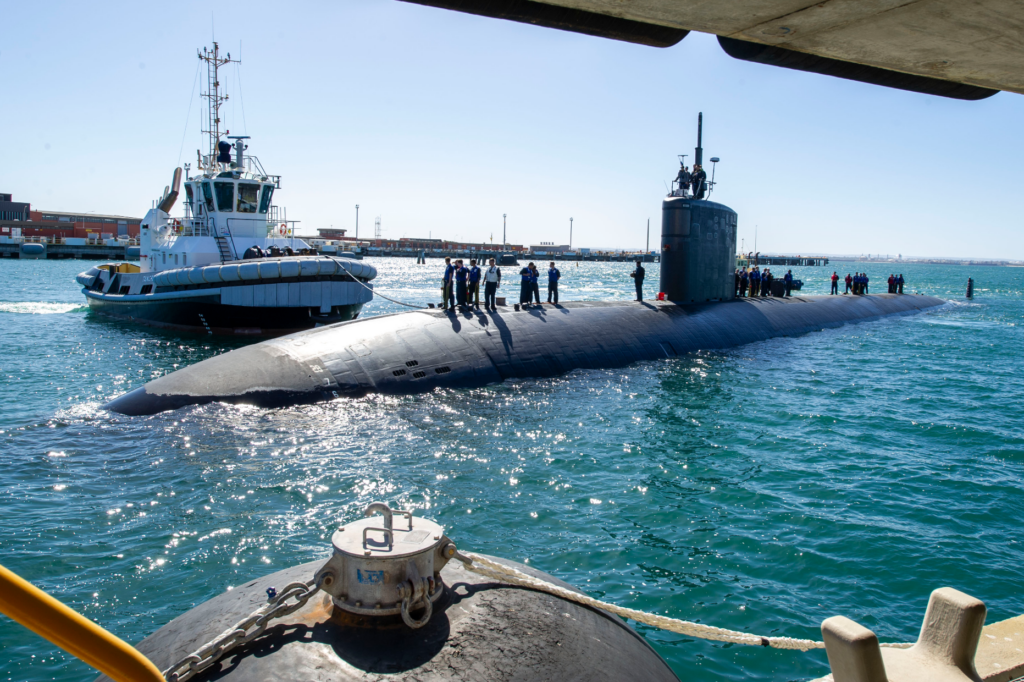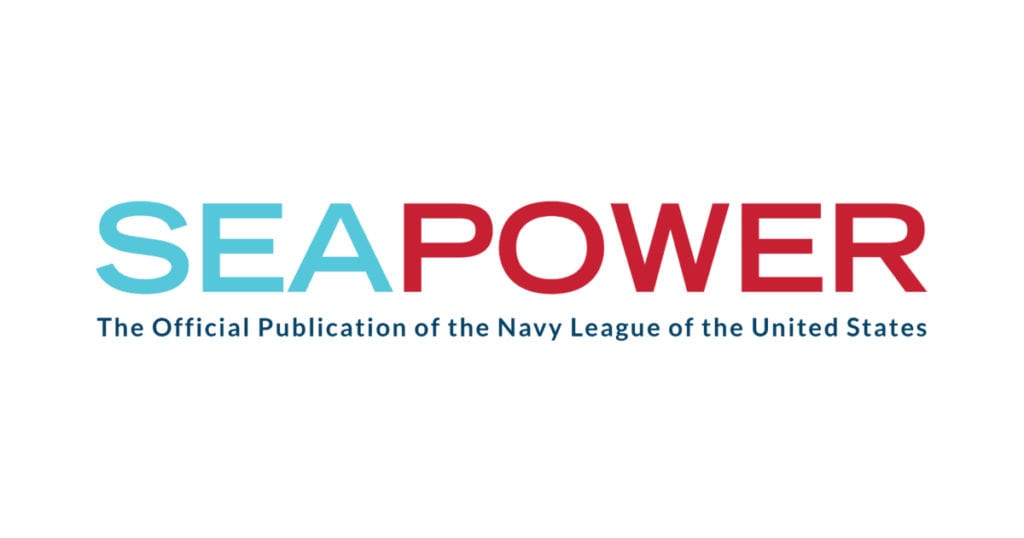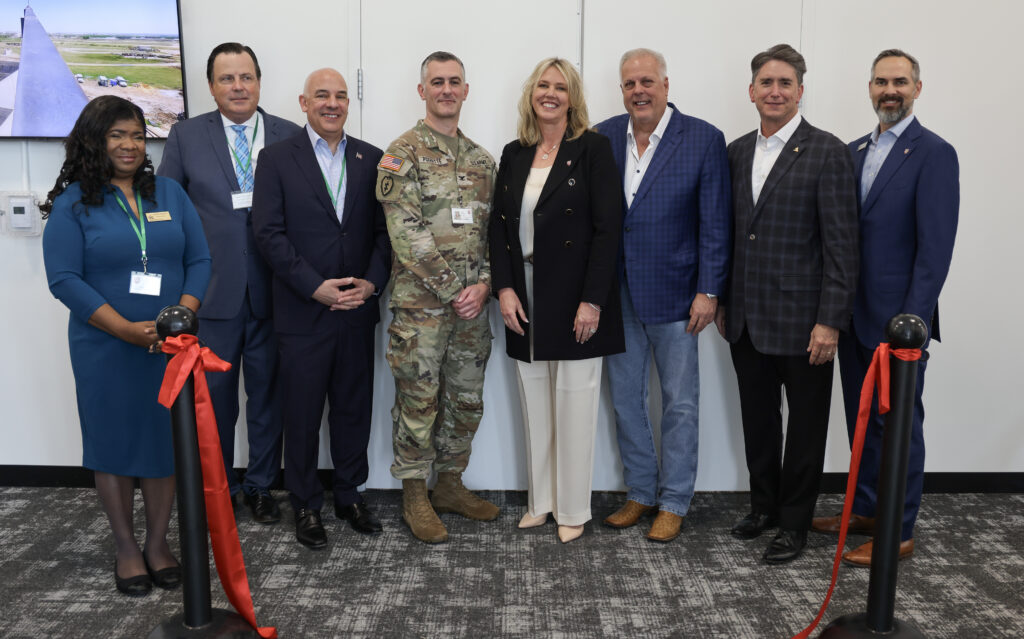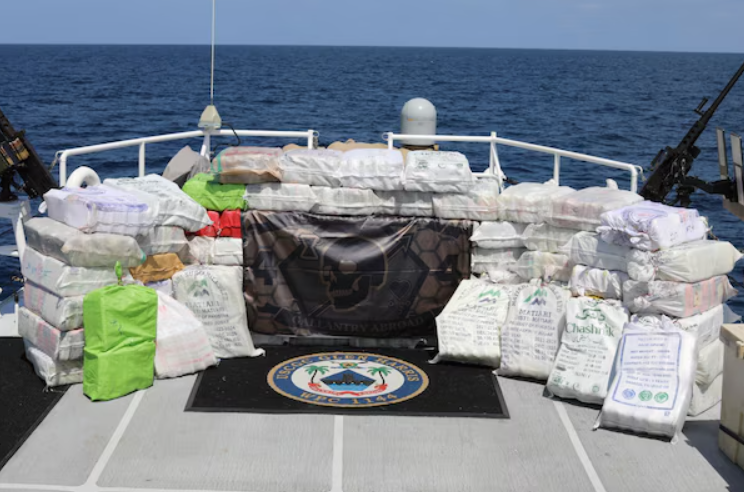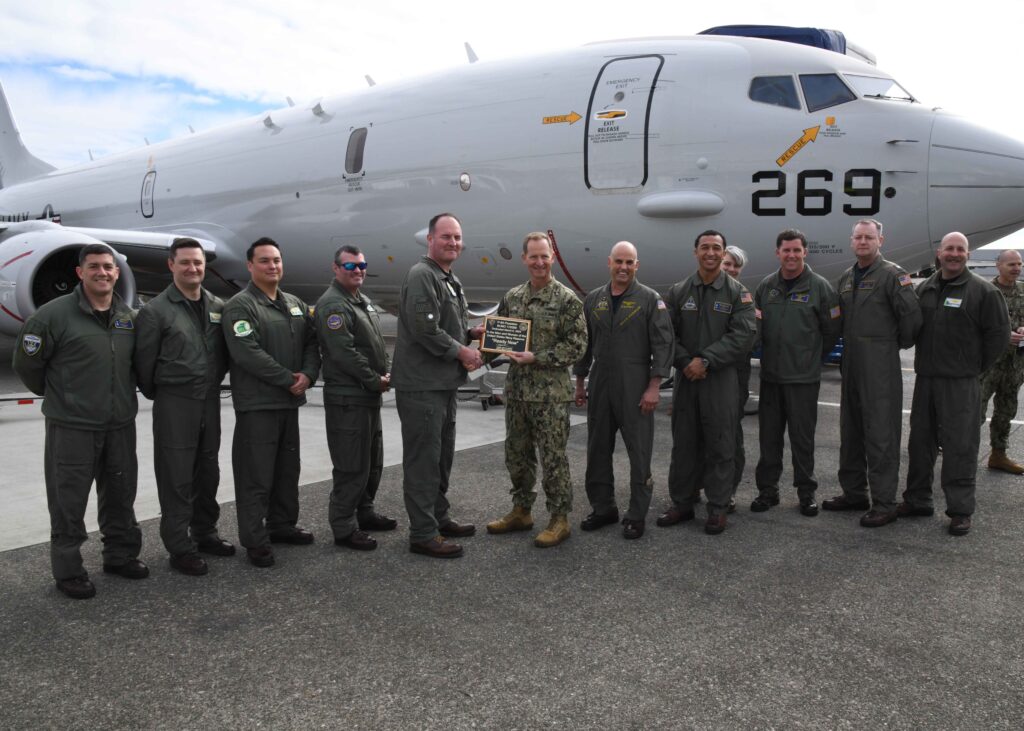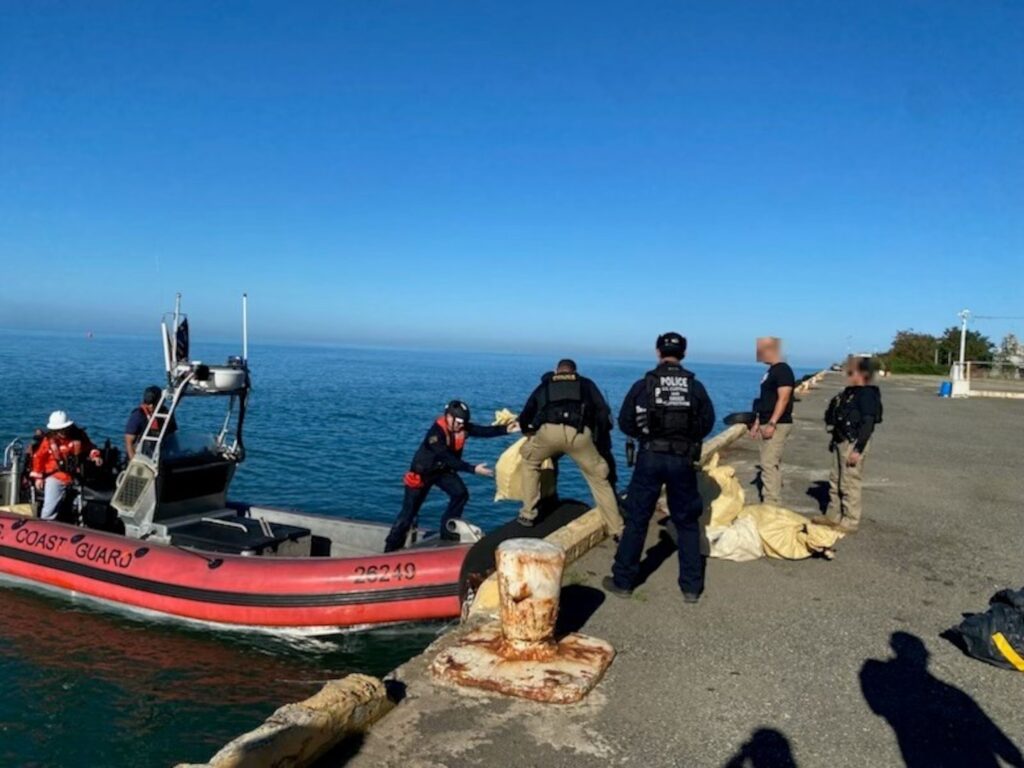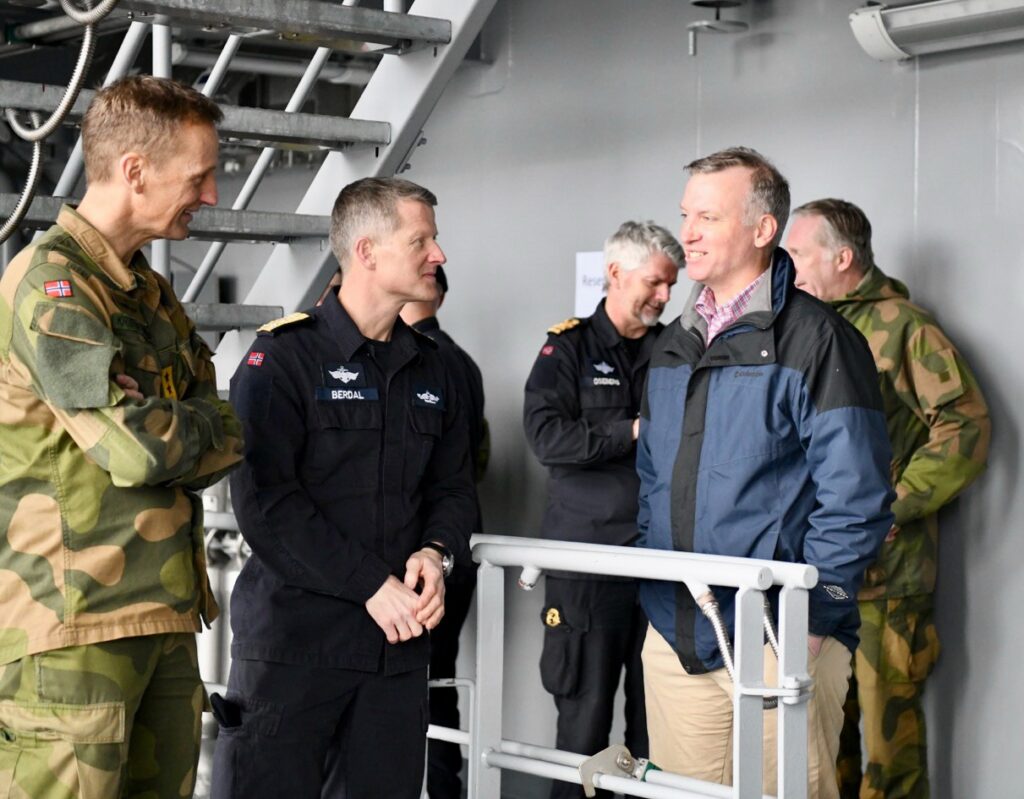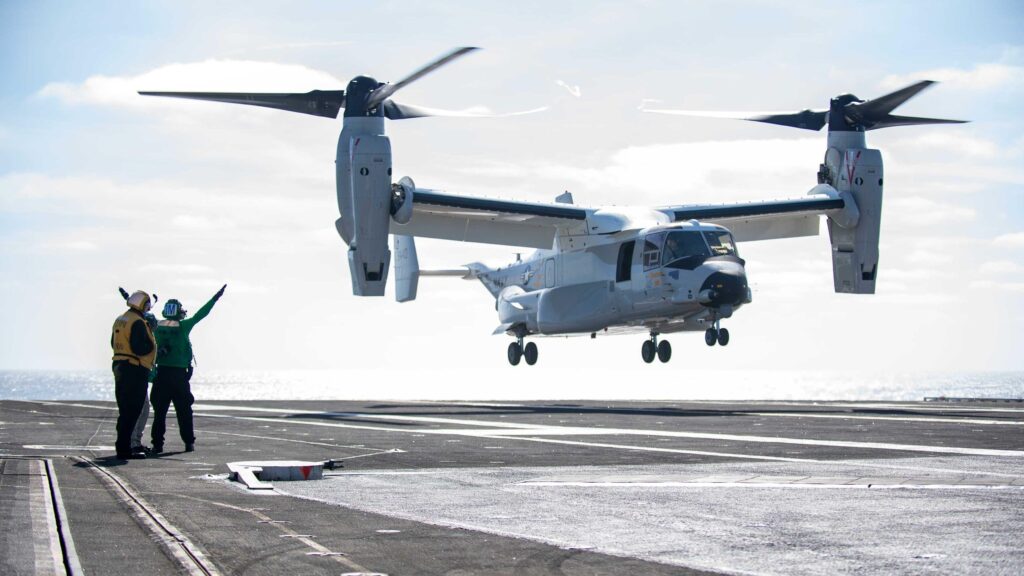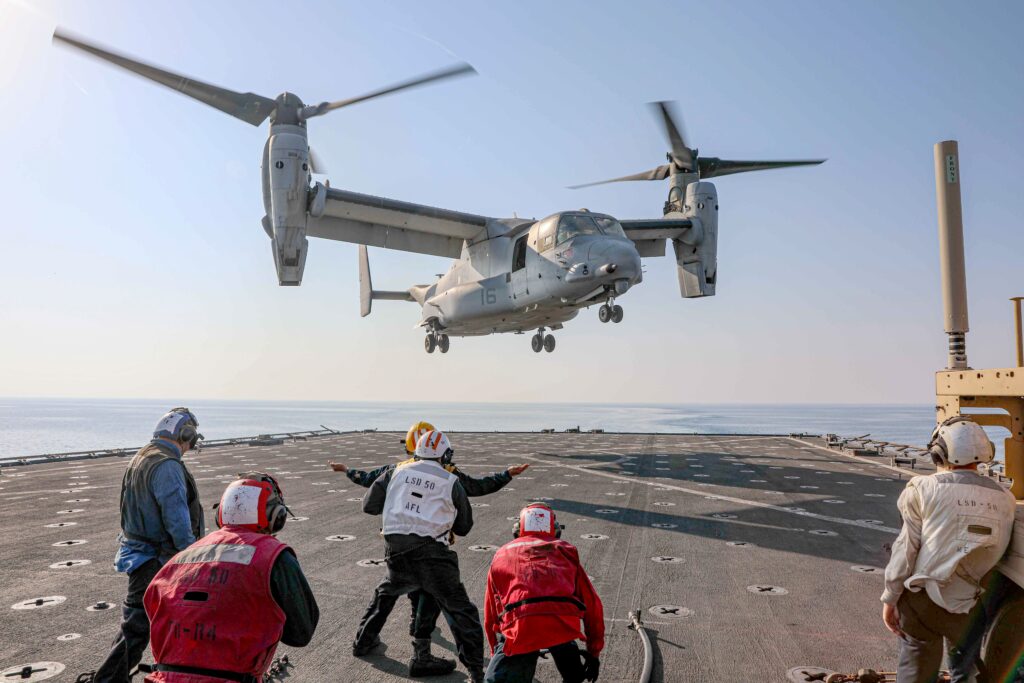HII Mission Technologies Unveils New REMUS 130 Unmanned Underwater Vehicle
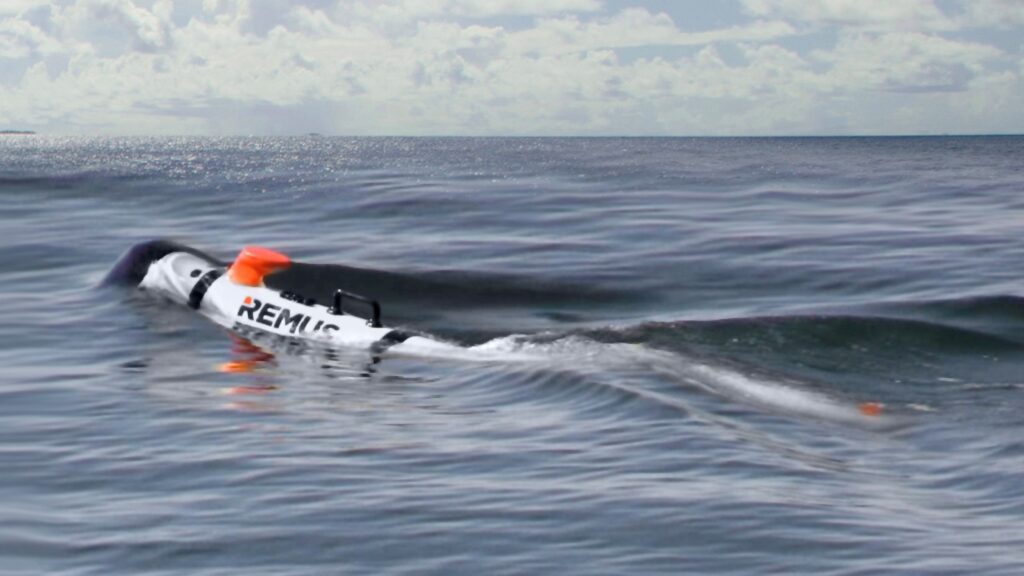
Open Architecture and Modularity Minimize Cost and Risk
LONDON, March 12, 2024 (GLOBE NEWSWIRE) — HII (NYSE: HII) announced the REMUS 130, a new unmanned underwater vehicle (UUV) model based on the highly successful HII REMUS series of UUVs, today at the Oceanology International 2024 conference and exhibition.
The REMUS 130 is the third generation of REMUS 100 vehicles and is designed to enhance underwater operations with maximum flexibility, advanced capabilities and innovative features, including:
- A compact, two-person-portable design.
- Effortless payload integration.
- Operational depths down to 100 meters.
- An extended battery life of up to 10 hours for sustained operations with easy field battery change.
“The REMUS 130 is built on the same proven technology platform as the REMUS 300 and offers customers a highly capable vehicle at reduced cost and risk,” said Duane Fotheringham, president of Mission Technologies’ Unmanned Systems business group. “We are excited to introduce this latest generation of the REMUS 100 that will help drive commonality across the fleet and provide our customers with more flexibility to address their mission needs.”
An image accompanying this release is available at: https://hii.com/news/hii-mission-technologies-unveils-new-remus-130-unmanned-underwater-vehicle/.
The REMUS 130 was developed with HII’s internal funding specifically for customers seeking the long service life of REMUS UUVs, along with the proven modularity and open architecture of the REMUS 300 and 620 models at a reduced cost.
The REMUS 130 is built for a variety of missions and operations, including:
- Data collection and research.
- Offshore oil and gas exploration.
- Search and rescue.
- Mine countermeasures operations.
The REMUS 130 features modern core electronics, navigation and communications systems with modular, open architecture interfaces to accommodate wet or dry payloads, including custom payloads developed by the user.
The HII REMUS UUV series are recognized for their durability, long service-life and effortless upgradeability.
Leveraging three decades of innovation and the global delivery of over 600 UUVs to 30 countries, including 14 NATO members, HII’s REMUS 130 is poised to transform underwater operations with its advanced features and cost-efficient solutions.
